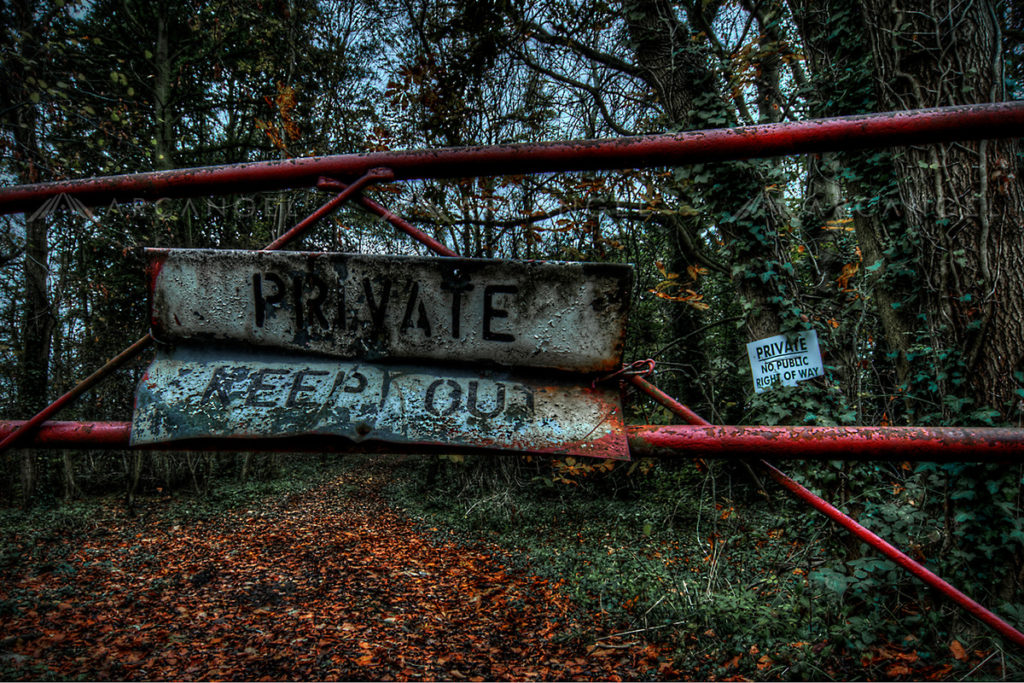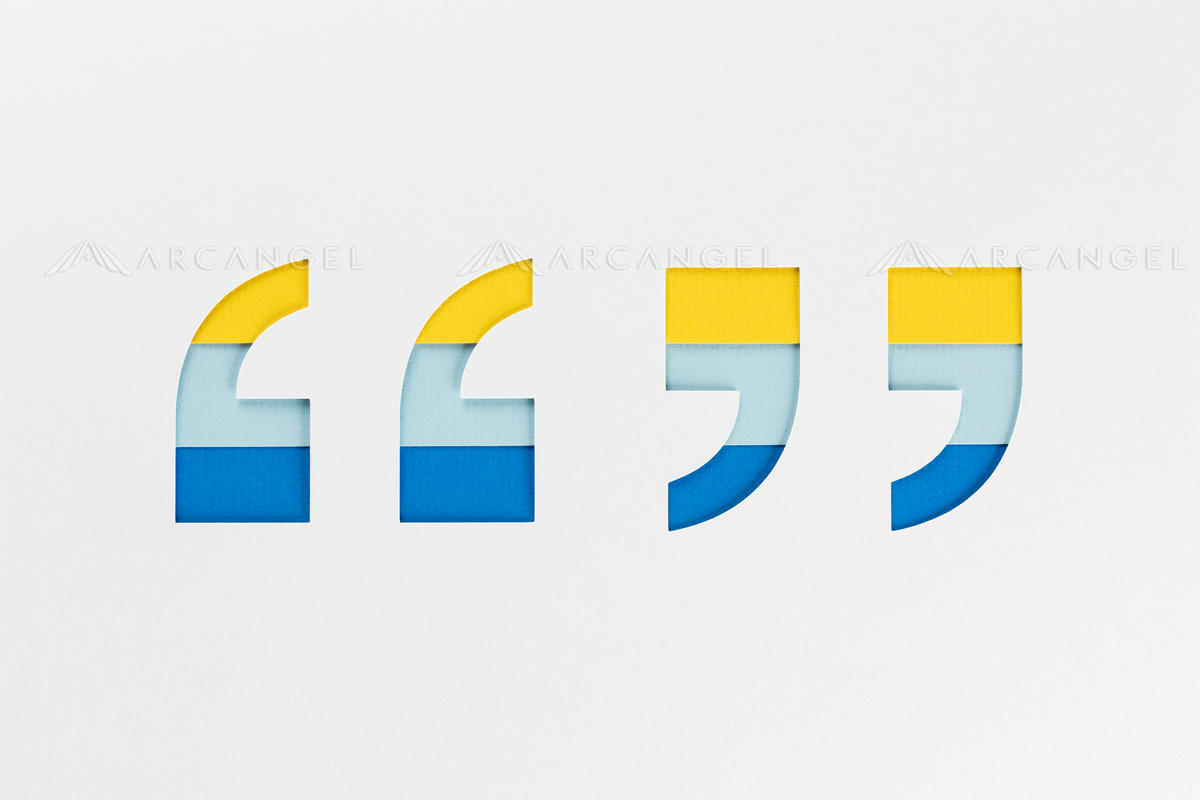Model & Property Releases – A Guide for Contributors.
If you’re interested in selling your photography via stock libraries you’ll discover there are often very strict requirements for model and property releases.
Here’s our introduction to what they are, when they’re needed, and a practical guide to getting them uploaded with your work…
What are model and property releases?
In short, they are legal documents giving permission for the subjects of your photography to be used in commercial projects.
As a photographer, you own the copyright in the photos you create. However, the subjects you shoot also have rights – most obviously if you’re photographing a person, but also if you’re shooting a location or even an object. If you haven’t got the right permissions in place, it can create legal issues for anyone who wants to use your imagery.

Model Releases
If you’re taking photos of a person then you’ll need to get them to sign a document granting permission for their likeness to be used in commercial projects. A parent or legal guardian must sign on behalf of minors.
Professional models should be accustomed to this, but if you’ve got friends or family modelling for you it’s worth making sure they’re clear on what this entails. It’s possible that the image might be used in a way they find unflattering, or in a controversial context.
Most stock libraries will require signed release documentation, so their agreement needs to be in writing. We supply a standard form which you can use (details below).
Property Releases
The rules around properties are more complex, and they vary in different parts of the world, but the basic principle is the same – if an identifiable property appears in an image then you must have the owner’s permission for it to be used commercially.
This applies to brand names, logos, works of art and identifiable products as well as buildings.
If an individual private building is the main focus of your composition then you will probably need a property release, even if you were shooting from a public area. You might spot a great composition while out and about, but be warned – images of private houses, stately homes, business premises or hotels can create legal headaches if you don’t have the necessary permissions.
Some iconic landmarks around the world also have their own special rules and protections. A notable example is the Eiffel Tower – the tower itself is not protected but the illuminations are, so night-time shots will require extra permissions. Beware of pitfalls like this, and make sure you research any relevant image rights before shooting a major tourist destination!

The Exceptions
Strictly speaking, you can do without a model release if the person is not identifiable (if the frame only includes someone’s legs and feet, for example). Nevertheless, we would always recommend getting a release when photographing a model – it means peace of mind for all concerned.
Generic objects do not need releases. Everyday items are fine unless they are branded, or are very distinctive copyrighted designs.
Similarly, if you’re using a location as a generic backdrop – a forest, for example – then this is also unlikely to require a release. The same applies if you’re shooting a street or city skyline where no single building is the focus.
Finally, you can avoid many release issues by making changes to the image in post-production. If you switch elements of a building around, or create a composite building from multiple elements, then you have a fictional location which nobody can claim ownership over.
The Arcangel Release Form
We have a standard forms for model and property releases which you can find here and on your Contributor Dashboard.
In order to upload your signed releases, just submit them onto the Upload window as a .pdf document.


